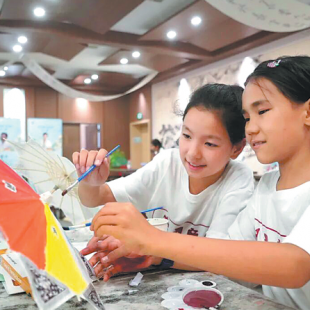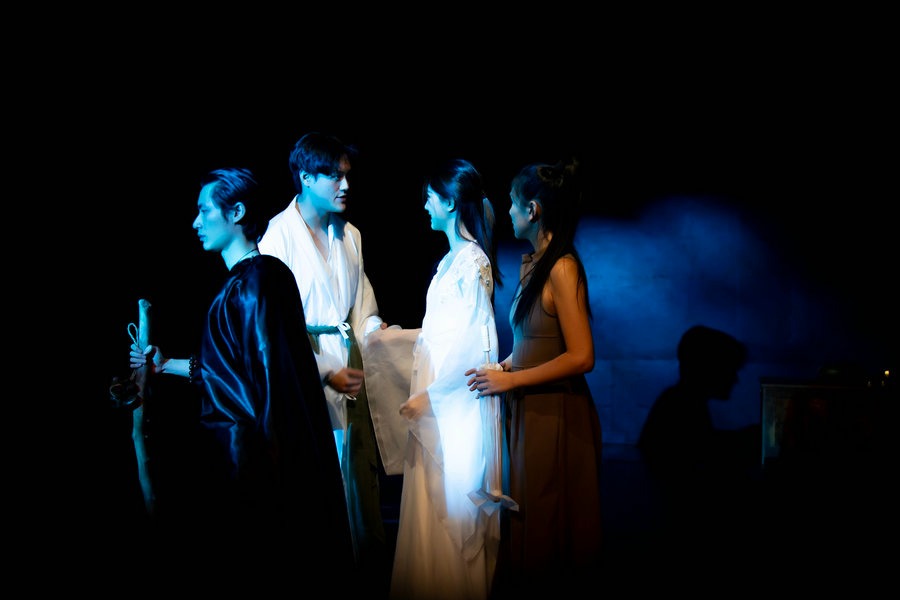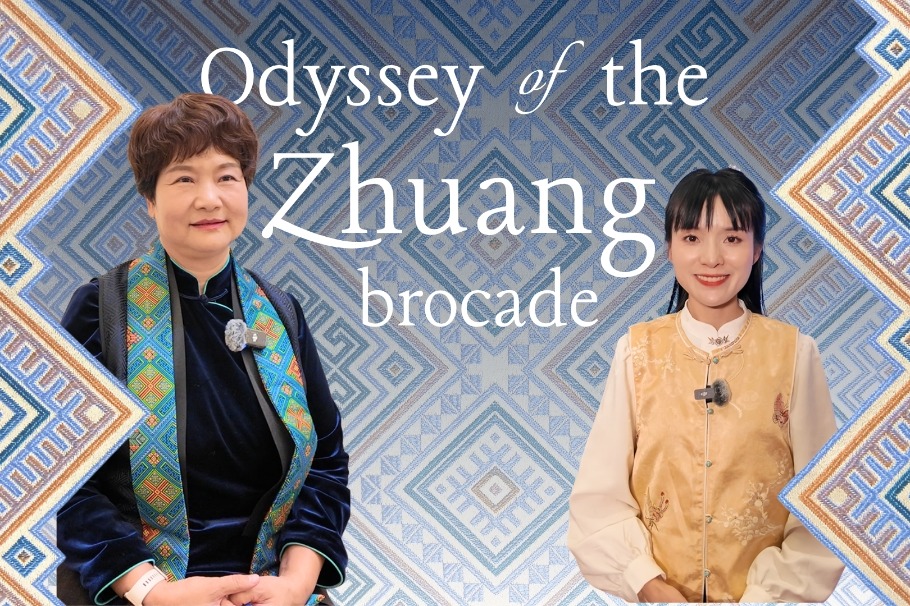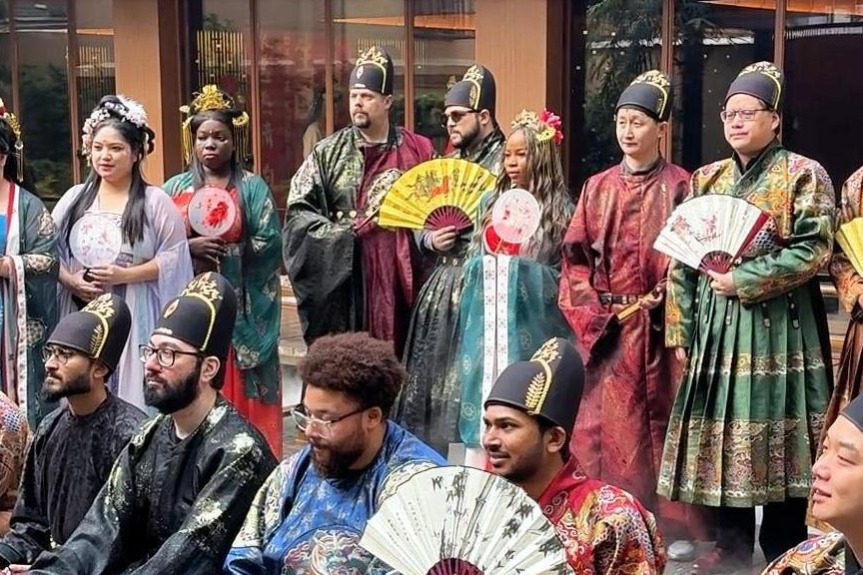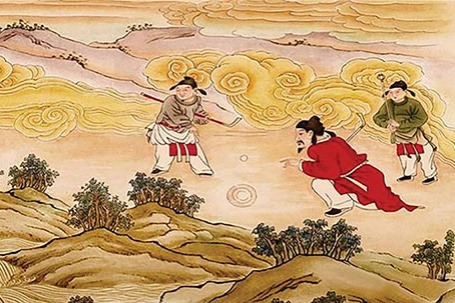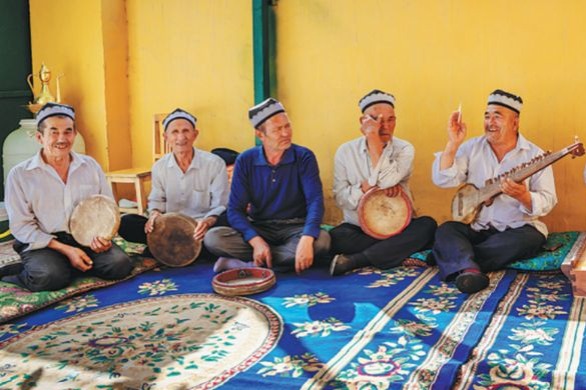Cultural heritage uniting people's identity
Outreach programs and schools playing a role in enriching communities through the power of art


Residents of Nurbag community in the city of Aksu in the Xinjiang Uygur autonomous region recently enjoyed a special performance in their neighborhood by the Urumqi Qin Opera Troupe.
The event, part of a cultural outreach program to bring performances to communities, featured singing and acting that showcased the charm of traditional Chinese opera.
"I had only watched opera on television before — it was a surprise to experience such a high-quality show right here in our community. It allowed us to appreciate the beauty of traditional Chinese culture and added richness to our daily lives," said Mayira Tursun, an audience member.
In recent years, Aksu has focused on fostering a strong sense of community for the Chinese nation, intensifying efforts to enrich Xinjiang with a vibrant culture. By innovating communication platforms, diversifying activities and deepening educational practices, the city has nurtured a deeper connection between outstanding traditional Chinese culture and the frontier region, allowing it to take root and resonate among the people.
Modern showcase
As a central platform for cultural development in Xinjiang, the Aksu Traditional Chinese Culture Academy is a modern showcase of this heritage. Occupying more than 5,000 square meters, the academy features a traditional Chinese architectural style and is structured around the four classical categories of literature: classics, history, philosophy and belles-lettres. The academy houses a traditional Chinese culture exhibition hall, a study room, functional spaces, an outdoor corridor and a statue of Confucius. With a collection of 14,000 books covering classical Chinese texts, poetry and literary works, it also incorporates a dedicated resting place for sanitation workers, tourists and other visitors.

A series of cultural events have recently brought a vibrant energy to the academy. These included traditional cultural experiences centered on the rhythm of the solar terms, a cultural exchange event for children to discover Hangzhou of Zhejiang province and depict the Silk Road, and a large-scale reading event to mark the 2,576th anniversary of Confucius' birth.
At the events, attendees from various ethnic groups dressed in traditional attire, immersing themselves in the rich atmosphere of ritual, music and literature. These designed experiences blended the wisdom of the solar terms with artistic beauty, offering the public a feast of culture. Through participation and creativity, residents gained a deeper, more tangible connection to the profound charm of China's traditional heritage.
In 2025, following the principle of integrating dynamic engagement with reflective learning and combining theory with practice, the academy designed three dedicated sections of a cultural exhibition zone, an interactive experience zone and a demonstration and performance zone.
The academy showcased intangible cultural heritage works such as embroidery, Peking Opera masks, and paper-cutting. It also organized hands-on activities such as the creation of lacquered fans, DIY tea-leaf picture frames, the traditional game of touhu (pitch-pot), and tea-whisking techniques. Furthermore, the academy conducted over 130 popular national iconic cultural events, including lectures on traditional Chinese thought, classical text readings, and gatherings centered on poetry, calligraphy, painting and tea. These activities attracted more than 5,800 participants, making the academy a model for cultural heritage in Aksu.
Wangsan Street, a renowned hub of ethnic unity in Aksu, underwent an upgrade and renovation starting in May. The project involved the installation of underground pipelines, repaving roads, and the refurbishment of shop facades. Throughout the renovation, the neighborhood implemented communication measures to minimize disruption for businesses and residents. Efforts were also made to preserve and promote the street's historical legacy, complemented by the creation and discussion of the novel Wangsan Street, building a cultural brand that connects "a book, a street and a city".


